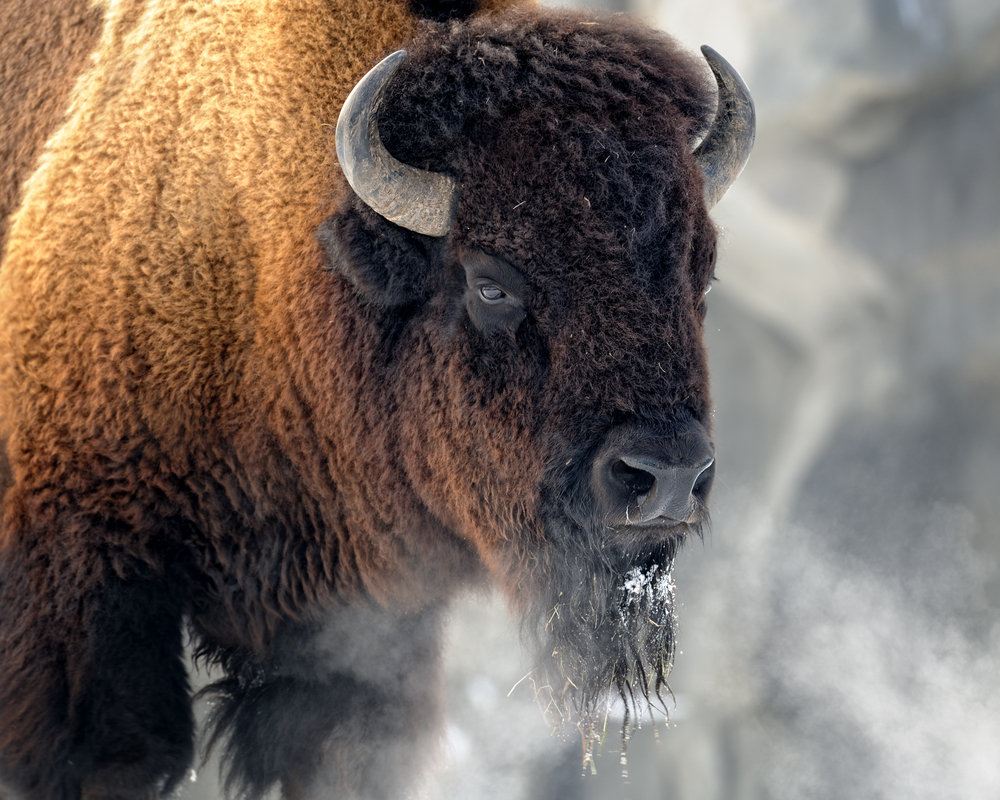
After being virtually obliterated in the 19th century, the American bison will soon become a national symbol of the Unites States. The ‘National Bison Legacy Act’, which will make the bison the official national mammal of the US, was passed by the House of Representatives and the Senate last week, and will come into effect as soon as it’s inked by President Obama, placing the big hairy beast next to the bald eagle, the oak tree and the rose as wildlife symbols of America.
American bison, mistakenly called buffalo by early settlers in the New World, were once abundant on the American plains, with tens of millions of the mighty animals roaming across the continent, from northern Mexico to Alaska. When Europeans began arriving in large numbers, however, the animals were hunted almost out of existence for food and a range of other reasons—including a deliberate attempt to eradicate a crucial source of food and clothing for Native American tribes, and to wipe out a threat to the newly built railroads. William Cody, better known as Buffalo Bill, is said to have killed 4,282 American bison in eighteen months in 1867–1868, shooting 68 in just eight hours during a competition, which earned him his enduring nickname.
Despite the scale of this slaughter, the bison became a symbol of the Wild West; it’s the official state animal of Kansas, Oklahoma, and Wyoming, and appears on two state flags. In more recent years, concerted efforts have brought the bison back from the brink of extinction. They are still listed as ‘Near Threatened’ on the IUCN’s Red List of Threatened Species, but by 2008 there were 400,000 bison in commercial herds across America and another 20,500 animals living in conservation herds.

Last week, as the animal’s new symbolic status was being debated in Congress, Cristián Samper, president and CEO of the Wildlife Conservation Society (WCS), said: ‘The National Bison Legacy Act is a milestone in a long journey by WCS, its flagship Bronx Zoo, and many other partners to prevent the bison from going extinct and to recognise the bison’s ecological, cultural, historical and economic importance to the United States.’
‘The buffalo has had a special place in the lives of tribal people since time immemorial and played important roles in our culture, religion and lifestyle,’ said Jim Stone, Executive Director of the Inter Tribal Buffalo Council, in the same statement. ‘Now buffalo have become a part of the fabric of tribal life once again, created the foundation for an economic movement based on healthy food choices and provided conservation groups opportunities to expand the habitat for the species.’
